Best AD Networks
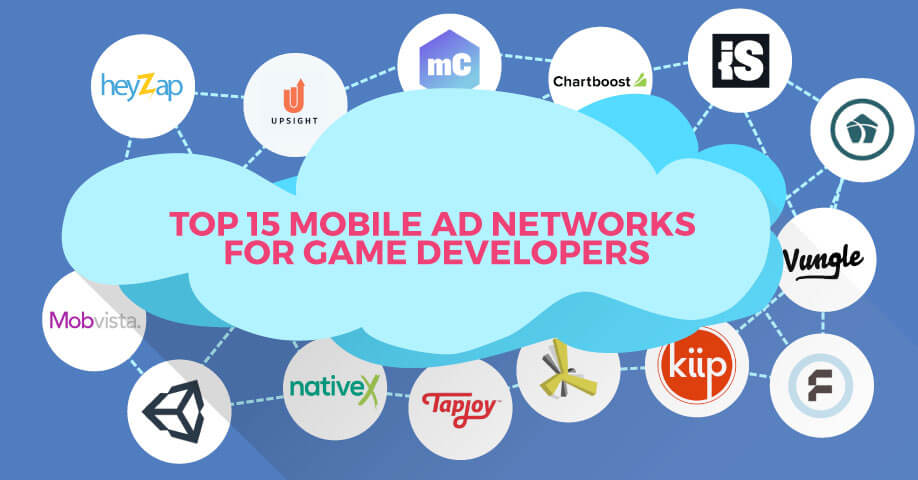
Effectively
monetizing your mobile game isn’t always the easiest of tasks. Joining
an ad network and sticking a few ads up is simple enough, of course, but
making the best use of your advertising space so as to drive as much
revenue as possible is much more difficult.
Our
round-up of the 15 best ad networks and mediation platforms for mobile
game developers is meant to clear up some of that confusion. We’ve
looked at over 50 individual networks and hand-selected our favourites.
Now
you might be thinking, “Why don’t I just go with any old network?
Surely they’re all the same!” Different ad networks cater to different
types of advertisers and publishers. The “Ad Network & Media Partners Performance Index” shows just how disparate the performance of networks can be. Payment models also vary and not all will work equally well for your app.
How we’ve evaluated the different networks
First
off, we’ve looked for networks that advertise (no pun intended) that
they are specifically targeted, either wholly or in part, at games
developers. We’ve found that networks that have mobile games at the
forefront of their mind tend to have features and functionalities that
enhance the performance of in-game apps. In particular, the design
options and ad formats that are offered tend to be based on an
understanding of what works best in games, whilst the analytics tools
that are included are also usually game-developer-centric. Similarly,
it’s important that game developers work with advertisers, either
directly or through the medium of an automated exchange, that will
appeal to their user base. Invariably, game-focused networks hold a
preponderance of these advertisers.
Secondly
we’ve looked at the specifics of the features available on each
network. The key word here is “specific”. There is a lot of overlap
between what’s offered – most networks will offer the same set of
standard ad formats, a programmatic (automated) ad serving exchange,
some kind of direct marketplace…the list goes on. It’s very often that
extra little feature that makes the difference, such as the ability to
serve house ads to your own user-base, such as with MobVista, exclude
certain advertisers from serving your app, as with ChartBoost, or the
fact that a mediation platform doesn’t have it’s own ad network, such as
with Upsight, and therefore isn’t competing with third parties.
The mediation companies
Most
app developers use a mediation platform – which allows them to access
advertisers from other networks along with the platform’s native
network. One of the most commonly-cited issues with smaller ad networks,
particularly for game developers, is a low ad fill rate. By using a
mediation network, you can rank your various chosen networks to favour
those that perform best. There’s also the practical benefit of only
having to use one SDK.
It
is important to bear in mind, however, that whilst you can access
third-party networks through a mediation platform, many of those
networks have unique features that it’s not always possible to utilize
unless you’re engaging directly. It’s also important to consider
supported formats, targeting and bidding functionality.
There
are a handful of mediation platforms that have a strong focus on mobile
games. Before jumping into the specific networks, let’s take a look at
them….
MoPub and Admob
We
haven’t reviewed these two networks individually because they’re so
widely-known. MoPub is the biggest app ad network and mediation platform
in the world, whilst AdMob, which is run by Google, is another huge
player.
Should AdMob or MoPub be the go-to for those starting out?
If
you’re starting out, AdMob and MoPub are good networks to begin with.
They offer all the standard features of a large mediation platform and
also act as a good baseline with which to measure the performance of
other networks. You’ll also be able to sample all of the major ad
formats and analytics functionalities.
1. Mobvista
 Mobvista
is a game analytics and and mediation network that was founded in China
in 2013. It has been responsible for driving the success of several
high-performing games in Asia. NativeX, an ad network focused on mobile
games that is included in the top 15 list below, is owned by Mobvista,
so you’ll be able to take advantage of their native ad technology.
Mobvista
is a game analytics and and mediation network that was founded in China
in 2013. It has been responsible for driving the success of several
high-performing games in Asia. NativeX, an ad network focused on mobile
games that is included in the top 15 list below, is owned by Mobvista,
so you’ll be able to take advantage of their native ad technology.
The
support that Mobvista provides for other networks is pretty extensive
and their list of supported formats is a godsend for gamers. App-walls,
ad feeds, interstitials, video, icon, native, banner…all are supported.
You can also use the platform’s technology to serve your own in-house
ads to your followers. If you’re looking for a hands-off approach,
Mobvista’s internal algorithm, which utilizes copious amounts of data,
will do the backend leg work for you.
2. Upsight
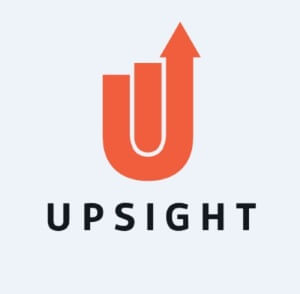 Upsight
is a completely unbiased mediation platform, which means that it does
not fill ads from its own network. It has also recently acquired Fuse
Powered, which was a mediation platform aimed squarely at games
developers. Because it doesn’t serve any of its own ads, there’s no
competition against third-party networks. Instead Upsight relies on
charging a fee or revenue share. Upsight provides a well-developed
segmentation and analytics platform, which means that ads are targeted
at the appropriate users.
Upsight
is a completely unbiased mediation platform, which means that it does
not fill ads from its own network. It has also recently acquired Fuse
Powered, which was a mediation platform aimed squarely at games
developers. Because it doesn’t serve any of its own ads, there’s no
competition against third-party networks. Instead Upsight relies on
charging a fee or revenue share. Upsight provides a well-developed
segmentation and analytics platform, which means that ads are targeted
at the appropriate users.
3. Propellor
 Propellor
is a UK-based ad mediation platform with a focus on mobile games. Many
publishers cite the simplicity of the platform as a major plus along
with the high degree of automation, which ensures optimum revenue
generation from ads. Most ad formats are supported.
Propellor
is a UK-based ad mediation platform with a focus on mobile games. Many
publishers cite the simplicity of the platform as a major plus along
with the high degree of automation, which ensures optimum revenue
generation from ads. Most ad formats are supported.4. iRonSource (formerly Supersonic)
ironSource
is another mediation network that is noteworthy as far as game
developers are concerned. It’s heavily game-centric and boasts a huge
portfolio of clients that are effectively monetizing their mobile games.
Their SDK is designed to integrate easily and seamlessly with big
game-focused ad networks. Their delivery process is based on a “weighted” system,
whereby requests are sent to top-performing ad networks in parallel,
rather than exhausting one network’s inventory before moving onto the
next.
5. Fyber

Fyber
is one of the better-known SSP (supply-side-platform) mediation
platforms that enables developers to sell their ads through a range of
networks, automatically optimizing ad revenue in the process.
They
offer an extensive array of services, encompassing mediation, a direct
exchange & an ad server, alongside advanced publisher tools and
analytics. Their dashboard is highly customisable, so if you choose to
go with them you’ll have a lot of opportunity to determine the kind of
blend that you want of automated mediation, direct deals and serving
from their own network.
6. HeyZap
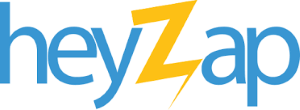
HeyZap
is an ad mediation network aimed primarily at games-developers that
combines an in-depth approach to segmentation with a variety of ad
formats. The user interface is also very simple and so a good choice for
beginning developers. They have a number of well-known apps in their
portfolio, including Crossy Road and Governor of Poker 2.
7. ChartBoost
ChartBoost
is a San Francisco-based ad network targeted exclusively at game
developers, dealing mainly in interstitial and video ads. One of
Chartboost’s main draws is the high degree of customisation that is
offered.
Their key features include:
- Free interstitial and video cross-promotion – This feature allows you to cross-promote your new titles to your existing app traffic. Suppose, for instance, that you were responsible for creating Temple Run and you wanted to market Temple Run 2 to all of your current users. You could use Chartboost’s network to run and track an ad campaign…all for free!
- Direct marketplace – One of the best features of Chartboost’s marketplace is functionality for making direct deals. You can pick exactly which games will be promoted to your user-base or pick which games you will be advertised through. There are no intermediary fees so you can earn up to 100% of the profits.
- Transparent automated marketplace – Because Chartboost is a games-only network that focuses on ad delivery to active gamers, app developers can receive highly-targeted users at scale. The system is very transparent and developers have full control over which advertisers they include alongside access to information about which adverts are being shown. There are also a host of game-specific features, such as “in-play”, a design interface that allows developers to create ads that render in the gameplay environment, offering a seamless native experience for players and another testing option for developers in their pursuit of optimum ad revenue.
- Analytics tailored to games developers – Chartboost offers a range of interesting analytics tools and reports, such as their monthly global heatmap that details the average cost-per-install of apps on iOs and Android devices.
As
a game developer, it’s worth testing out ChartBoost with your app
before trying out other ad networks. There are no other services of a
similar size that cater directly to gaming appreneurs.
8. Unity Ads
Unity
Ads is a network geared specifically towards games built with the Unity
engine. The focus is on video ads that integrate seamlessly with Unity
games. The network can work particularly well for developers because it
targets users that are interested in playing a particular type of game.
On
the downside, some have complained that the Unity Ads network provides a
low fill rate. The main benefit here is the ease of integration (no SDK
is required for Unity-built games) and the quality of the ads. If you
do have the right country/device demographics for targeting, using the
network can be quite lucrative.
9. Vungle

Vungle
is an interesting network, and one that game developers should take
note of. The network serves only video ads and relies in part on an
extensive in-house team of creatives to provide a genuinely unique ad
experience for app users.
They also have a software-driven marketplace, called Premium,
where developers are able to sell their ad space. If your app is at the
peak of its popularity, then Vungle’s internal ranking system can often
work particularly well in your favour. There is also a private
marketplace where, with Vungle acting as the intermediary, you can sell
ad space directly to premium clients.
10. mobileCore
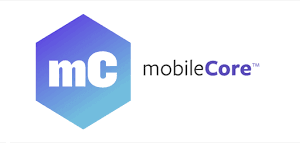
MobileCore,
which is part of the group of companies that includes software giant
installCore, is another ad network that’s targeted primarily at gamers,
with an emphasis on serving ads that fit seamlessly with games. They are
an Android-focused ad network but now also have an SDK for iOS apps too.
mobileCore
has pushed a handful of unique ad formats. Their “stickeez” format, for
example, makes use of a customizable, brandable pop-up icon that
renders into a full overlay, whilst their “In-Stream” interstitial ads
offer a range of options for players. If you’re app is designed for
Android, it’s worth testing a few of their unique ad formats and
tracking how they perform.
11. NativeX
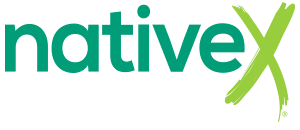
NativeX
describes itself as the “leading native ad technology for games”.
That’s a pretty big invite for game developers if ever I’ve heard one!
They specialise, as you can probably ascertain from the name, in native
ads. Their commitment to this particular ad format, which is one of the
top-performers in mobile games due to its unintrusive nature, means that
developers have access to a range of uniquely-suited advertisers. They
have a host of testimonials from reportedly happy game developers.
Their
lightweight SDK can be managed from their web portal so is a
particularly easy option for developers who aren’t overly tech-savvy.
Many of their ad formats, such as “triad videos”, also offer
customisation options for players, such as allowing them a choice of
which videos to watch. They also have extensive tools for tracking and
analytics as well as running your own loyalty programme (offering
rewards to your players, for example).
12. TapJoy
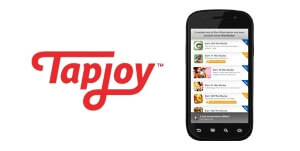
TapJoy
is well-known as a CPI (cost-per-install) network with a range of
advanced targeting features. It offers interstitials and offer walls,
alongside direct play ads (where a game can be played inside another app
for a brief period).
TapJoy
has strong relationships with several ad mediation companies and so can
provide high fill rates. It’s a big network, with some pretty hefty
financial backers, so it’s well worth checking out if you’re a
developer. As an added bonus, they also have powerful retargeting
features and and the functionality to easily run in-app promotions and
utilize push notifications, as two examples.
13. InMobi
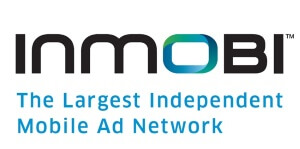
InMobi
is a huge ad network that has placed personalization at the heart of
its approach to advertising. It creates what are called “discovery
zones” in apps, advertising spaces that “learn” about user behaviour and
deliver tailored ads accordingly. The network has a huge user base and has garnered a number of awards, including being named one of the “most disruptive companies” of 2013.
InMobi’s
approach is all the more remarkable because it’s been given so little
attention by other networks. When you think about it, the idea of
data-driven personalized app ads seems like a no-brainer. They also
place a strong emphasis on the creative quality of their apps, with
display, rich media, video and native ads all supported. It’s possible
for developers to organize their campaigns by making direct deals with
advertisers or by using InMobi’s programmatic exchange.
14. PlayHaven
Playhaven
is an ad network exclusively for mobile games and it makes no apology
for it. It offers advanced segmentation technology that allows
developers to target ads at different subsections of their player base
at different times. There is also functionality to promote in-house ads
to users. The network focuses on interstitial ads.
Some
developers have reported uniquely high eCPMs with Playhaven and their
non-incentivized ads mean that the advertisers they attract tend to be
of a high quality overall.
15. Kiip
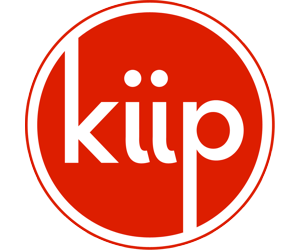
Kiip
works slightly differently from the other networks on this list. Their
toolkit is easy to integrate with your app and includes a host of unique
tools. In conjunction with their partners, they work by offering
rewards, both real and virtual, to your player-base, with revenue earned
whenever a reward is redeemed. It’s a genuinely unique approach to
advertising because it offers players value, advertising other brands at
appropriate times (such as when a player has completed a level), whilst
allowing developers to monetize. Some developers don’t even view it as
advertising!











No comments